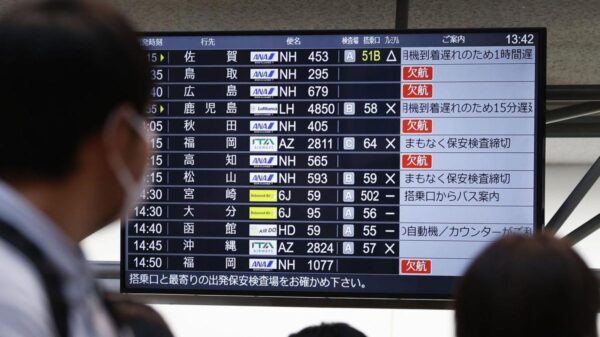Plans to redevelop the area surrounding the abandoned Woollahra train station have ignited discussions about the future of affordable housing in Sydney’s exclusive eastern suburbs. Eamon Waterford, chief of the Committee for Sydney, emphasizes that the success of this project hinges on incorporating affordable housing for essential workers, such as teachers, nurses, and hospitality staff who are increasingly priced out of the community.
The New South Wales (NSW) government’s current housing policy is facing scrutiny, particularly due to a controversial proposal to dismantle a building in Potts Point known as The Chimes. This building, which houses 80 studio apartments, would be replaced with just 34 larger units, of which only nine are designated as “affordable housing” for a limited span of 15 years. Critics, including local resident Ross Duncan, express concern that this plan leads to a net loss of 71 relatively affordable homes for essential workers.
Waterford points out that while the directive for Woollahra aims to create 1,900 new homes, the implications of such a goal require careful consideration. He notes that achieving this would necessitate the construction of approximately 16 new apartment buildings, each reaching up to 12 stories high. This raises questions about the potential impact on the community’s character and infrastructure, with many fearing that rapid, large-scale development may overlook the needs of existing residents.
The discussion around urban planning in Sydney extends beyond merely meeting housing quotas. Matthew Doherty, a local advocate, welcomes the revival of the Woollahra station but insists that the accompanying development should prioritize housing for essential workers and young families rather than catering to affluent downsizers. “We do not need more designer apartments for wealthy downsizers in the eastern suburbs,” he asserts.
While the government’s plans for revitalizing transport and city planning have been praised, the balance between development and maintaining community integrity remains delicate. Local stakeholders are calling for a more thoughtful approach that prioritizes the long-term sustainability and livability of these neighborhoods.
With the ongoing debates about housing and community development, the need for comprehensive planning that goes beyond numerical targets is becoming increasingly apparent. The dialogue is shifting from mere statistics to a more nuanced conversation about the future of communities in Sydney and how they can best accommodate both growth and the needs of their residents.





























































